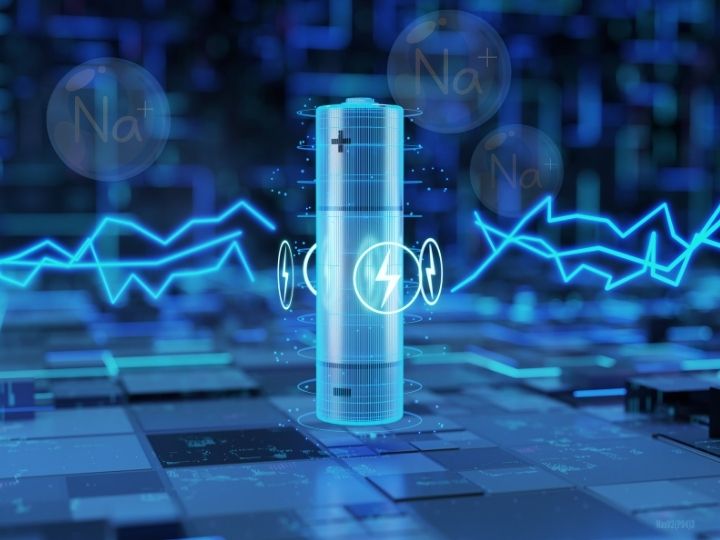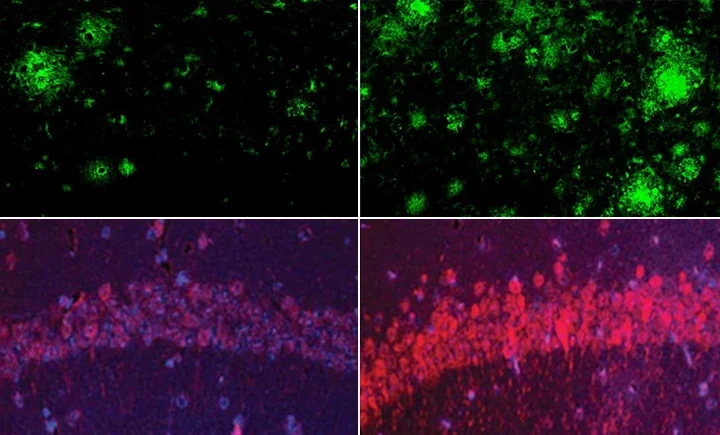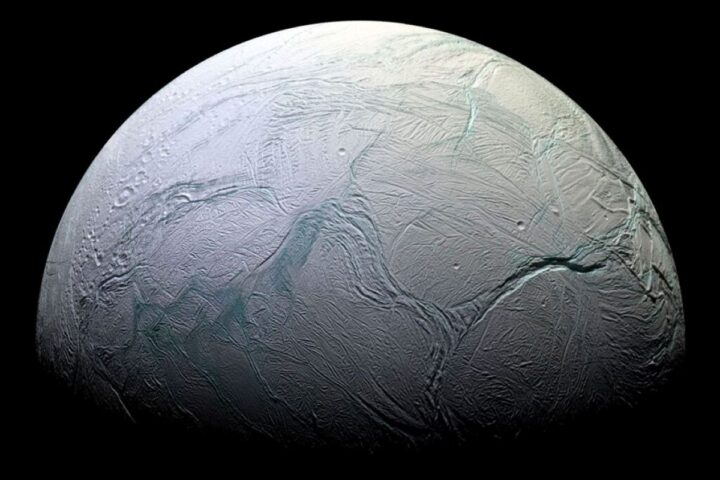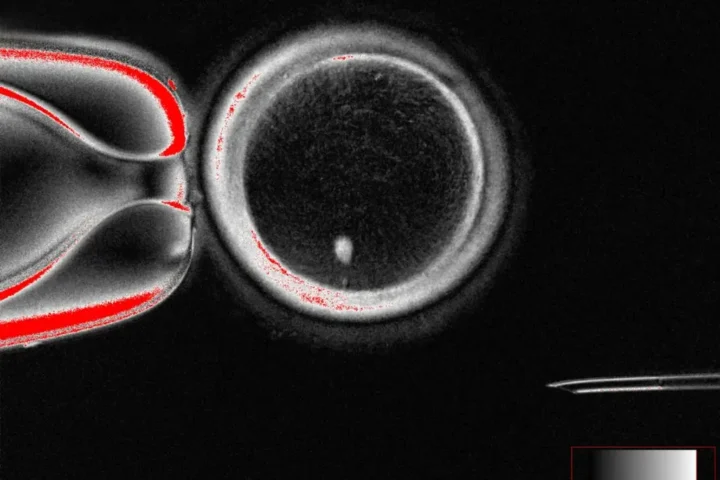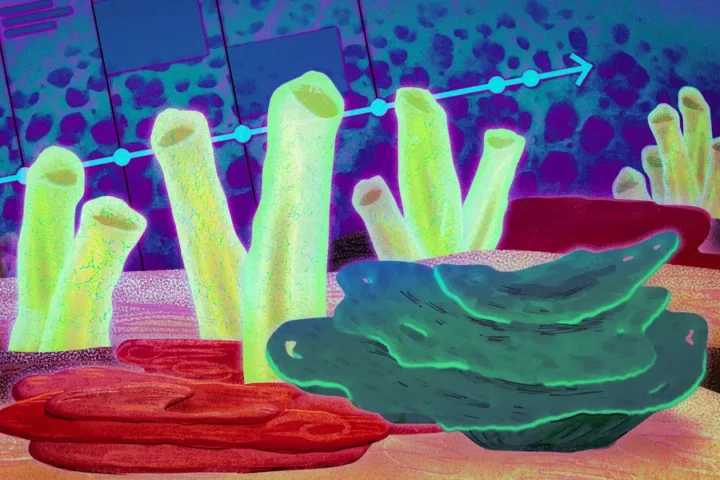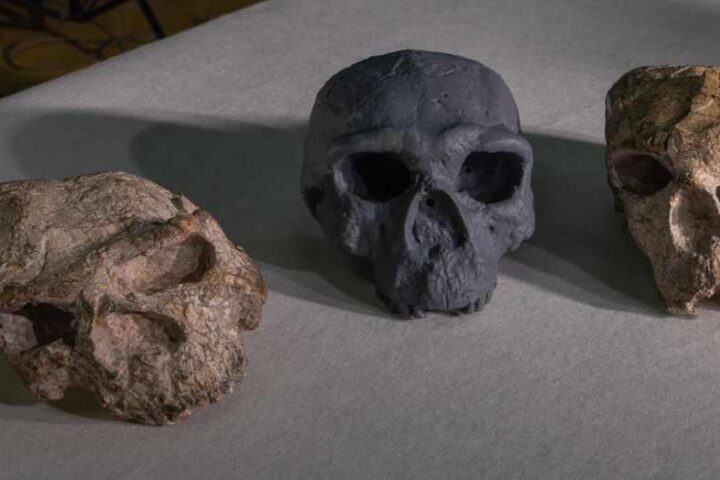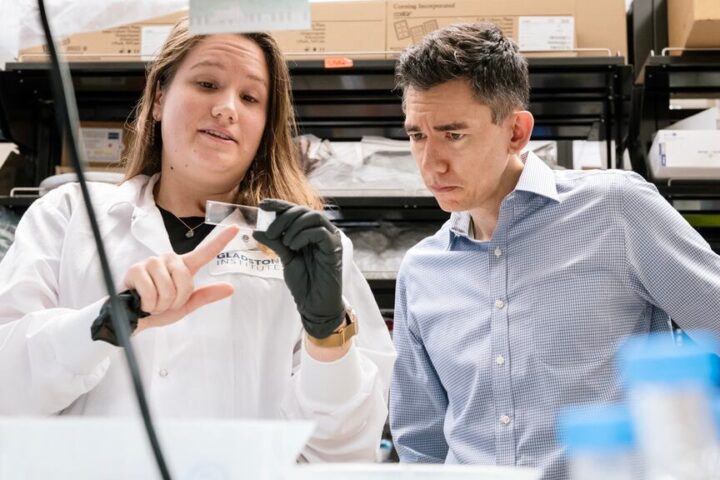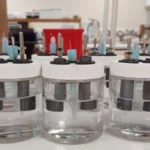Scientists have found a way to make batteries cheaper using salt instead of rare metals. This could help lower the cost of phones, cars, and home power storage in the future.
A team at the University of Houston created a new type of battery using sodium – the same basic mineral found in table salt. This battery can store 15% more power than similar ones made before. “Sodium is nearly 50 times cheaper than lithium and we can get it from seawater,” says lead researcher Pieremanuele Canepa.
Why does this matter? Most of our phones and electric cars use lithium batteries. But lithium is getting harder to find and more expensive. This makes our devices and electric cars cost more.

The new battery packs more power into a smaller package. It can store 458 watt-hours per kilogram – meaning it holds more energy while staying lightweight. It also gives steady power like current batteries do.
“We want to make clean energy storage that everyone can afford,” says Canepa. Sodium is easy to find and cheap, unlike lithium which is rare and expensive.
Scientists from America and France worked together on this project. They tested their ideas in real labs to make sure the battery works. Their research appears in a top science journal called Nature Materials.
Similar Posts
This discovery could help in several ways:
- Make clean energy storage more affordable
- Reduce our need for scarce lithium
- Make battery technology available to more people
- Help us move toward cleaner energy
Right now, we depend too much on lithium, which only comes from a few places. Sodium-based batteries could give us a better option that’s easier to get.
The research team found ways to make these batteries that could work for other materials too. This could lead to even more advances in how we store energy for our homes and devices.
